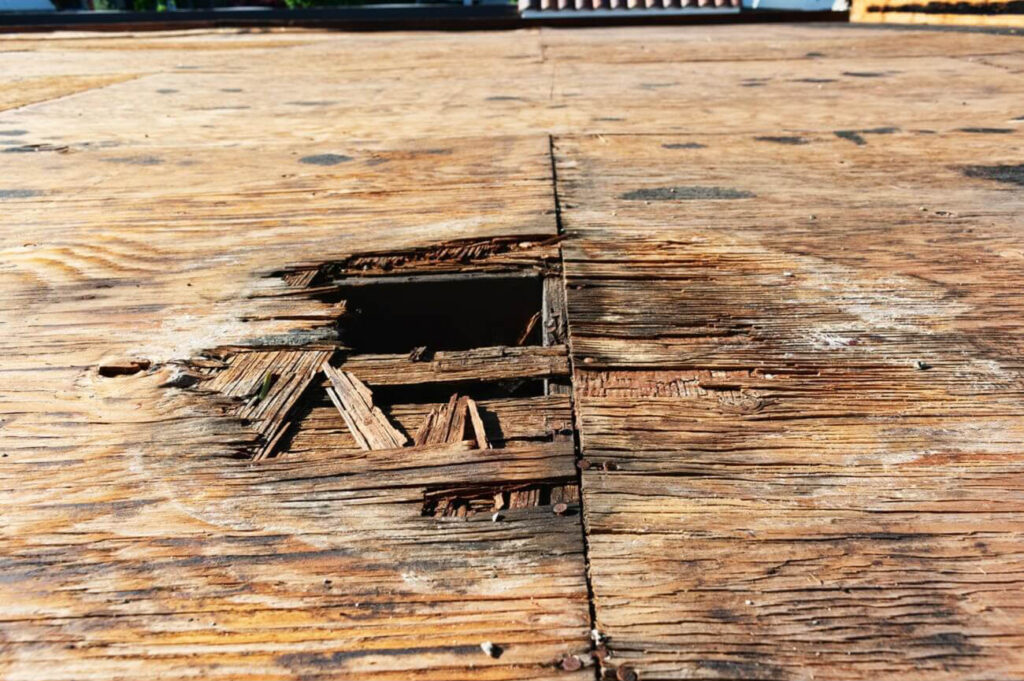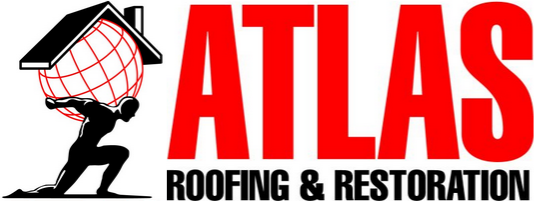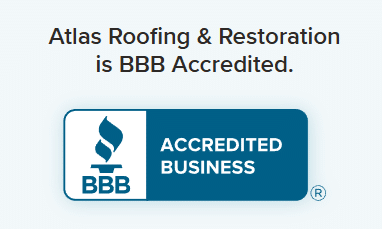Nothing throws a wrench in your day like discovering rotted plywood on your roof. It’s not just an annoying repair — it’s a real threat to your home’s safety. Rotted roof plywood can cause leaks, weaken your roof structure, and invite mold into your attic. That’s why tackling it sooner rather than later is key. If you’ve been wondering how to replace rotten plywood on the roof without turning it into a major headache, you’re in the right place. This easy-to-follow, step-by-step guide will help you handle rot wood replacement with confidence. We’ll cover the signs to watch for, the tools you’ll need, and every step of the process — all while keeping safety front and center. Let’s get started and bring your roof back to solid shape!
Why Does Roof Plywood Rot?
Before we get into how to replace rotten plywood on the roof, let’s look at why it happens in the first place. Your roof’s plywood decking can rot for a few reasons:
- Poor Ventilation: Without airflow in your attic, heat and humidity build up, turning your roof into a breeding ground for rot.
- Roof Leaks: Even a small leak can soak your roof deck over time. Left unchecked, it leads to water-damaged plywood.
- Inadequate Underlayment: If your underlayment is damaged or poorly installed, water gets through and starts rotting the wood underneath.
- Water Pooling: Flat areas or clogged gutters cause water to sit instead of draining — a fast track to rot and costly roof decking repair.
Signs You May Have Rotted Roof Wood
Wondering if your home needs rot wood replacement or rotted wood repair? Look out for these signs:
- Sagging Roof: If parts of your roofline look uneven or droop in certain areas, the plywood underneath might be weakened or rotted.
- Water Stains on the Ceiling: Brownish stains or bubbling paint inside your home often mean water is leaking through the roof and soaking into the ceiling — a common result of rotted wood repair being overdue.
- Mold or Mildew Smell in the Attic: A musty smell upstairs or in the attic is a red flag. Moisture from roof leaks can feed mold growth, often pointing to rot in the plywood below.
- Spongy Feel When Walking on the Roof: If the roof feels soft or “bouncy” under your feet, that’s a clear sign the plywood has lost its strength and may need immediate roof decking repair.
Tools & Materials You’ll Need
Before jumping into how to replace rotted plywood on roof, gather these essentials:
- Pry bar and hammer
- Circular saw
- Tape measure
- Safety gear (harness, gloves, helmet)
- Replacement plywood (CDX or similar)
- Roofing nails and adhesive
- Underlayment
- Shingles
Step-by-Step Process for Replacing Rotted Roof Plywood
Now that you’ve gathered your tools and checked for signs of damage, let’s dive into the exact steps for how to replace rotted plywood on the roof safely and effectively.
1. Safety First
Before you think about rot wood replacement, suit up. Wear proper PPE, check your roof’s stability, and consider using a roof harness or scaffold for ultimate roof structure safety.
2. Remove Shingles and Underlayment
Using your pry bar, carefully remove all shingles and nails in the affected area. Roll up and dispose of the old underlayment so you can expose that water-damaged plywood underneath.
3. Identify and Mark the Rotted Sections
Spot all areas of rotted wood repair needed by checking for discoloration or softness. Mark your cutting lines clearly with chalk so you don’t miss anything.
4. Cut and Remove the Rotted Plywood
Set your circular saw to the right depth (usually 5/8” or ¾”). Cut along the lines and remove the water-damaged plywood pieces.
5. Install the New Plywood
Cut new plywood to size and secure it directly onto rafters or trusses with nails. This is where roof decking repair really starts to come together.
6. Reinstall Underlayment and Shingles
Lay your new underlayment for added protection against future leaks. Re-shingle starting from the bottom up, sealing all edges carefully. You’ve officially mastered how to replace rotted plywood on roof!
When to Call a Professional Roofing Contractor
If you run into damage close to roof trusses, widespread water damage, or anything that feels beyond your comfort level, it’s time to call in the pros. Some repair jobs are best left to the pros. Here’s when it’s smarter—and safer—to pick up the phone:
- Damage Near Roof Trusses: If rot has spread close to structural trusses or rafters, compromising support, a professional should assess and repair to restore your roof’s structural integrity.
- Widespread Water Damage: When multiple roof areas or large sections show signs of leaking or decay, the problem is likely systemic, not just a single panel gone bad. A trained roofer can provide a thorough evaluation and long-lasting solution.
- Unsafe Roofing Conditions: If your roof is steep, slippery, or unstable—especially when plywood underfoot is soft, sagging, or spongy—falling risks are high. Hire a contractor with proper safety equipment and training.
At Atlas Roofing, our team knows how to replace rotted plywood on roof safely and efficiently.
Contact us for thorough roof decking repair, rotted wood repair, and complete rot wood replacement.
Preventing Rotted Roof Plywood in the Future
Here’s how to keep that shiny new decking strong:
- Schedule annual roof inspections.
- Clean gutters regularly to avoid pooling water.
- Maintain attic ventilation for proper airflow.
- Fix leaks immediately to protect your roof structure safety.
Why Acting Fast on Roof Repairs Matters
How to replace rotted plywood on roof may sound like a big job, but with careful steps and a focus on rot wood replacement and rotted wood repair, you can tackle it confidently. From gathering the right tools to reinstalling those final shingles, every part of this project brings you closer to a sturdy, leak-free roof. But remember, if things look dicey or you value your weekend free time, calling in Atlas Roofing for roof decking repair, water-damaged plywood fixes, and roof structure safety inspections is always a wise move.
If you’re ready to protect your home and want expert help on how to replace rotted plywood on the roof, contact us today. We’d love to help you get your roof back to its best shape, fast!



